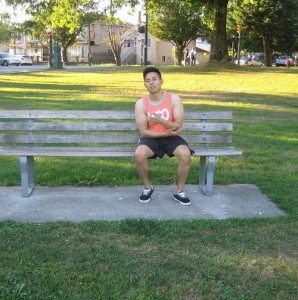The ligaments are responsible of attaching bone to bones. Even though ligaments can stretch slightly, they are responsible for preventing hyperextension of a joint by tightening in order to limit movement. In case excess force is placed on a particular ligament, there is likelihood that it is damaged. When it comes to the elbow, the ulnar collateral ligament (UCL) is utilized when swinging, throwing as well as other comparable activities.
Certain occupations that add excess force on the elbow can lead to the development of various issues. In case the UCL is damaged, it is vital to seek immediate treatment in order to prevent chronic problems. Proper assessment of a possible injury to the UCL is vital in order to determine the cause as well as start the appropriate treatment to prevent further complications from developing.
Sprain

When it comes to sprains, it is used to describe an injury that affects a ligament. Sprains that are not severe are categorized as grade 1 sprains and diagnosed when the ligament is irritated or inflamed but not actually damaged. Certain sports that entail monotonous twisting of the elbow or adding weight on the elbows such as gymnastics can lead to the overstretching of the UCL and result to an elbow sprain.
For grade 1 sprains, they often cause pain and tenderness that might worsen with activity but improves with rest. In case a sprain is diagnosed in the early stages, the treatment involves rest, application of ice, elevation and placement of a brace for 1-2 weeks.
Tear
In case a grade 1 sprain was not properly treated or there is disproportionate force applied on the ulnar collateral ligament, the ligament might develop a single or a number of small-sized tears. Sports or certain occupations that involve repetitive overhead movements can put an individual at risk for ending up with a tear.
A tear on the ligament can cause persistent pain, redness and swelling that can take weeks or even months to heal depending on the severity. The treatment usually involves immobilization of the elbow and cortisone injections. A period of physical therapy might be needed with a slow return to activities.
Rupture
Direct blows or falls to the elbow or rapid twisting and strong movements can result to a full tear or rupture on the ulnar collateral ligament. At this point, swelling and pain can be severe and the joint feels unstable. In most cases, surgery is needed to fix the ligament and stabilize the elbow joint. As for the recovery from surgery, it usually takes months.
When an individual is suspected with a damage ulnar collateral ligament in the elbow, it can be a minor injury such as sprain. As for severe cases, it would require proper assessment by a doctor so that the appropriate treatment can be started.
